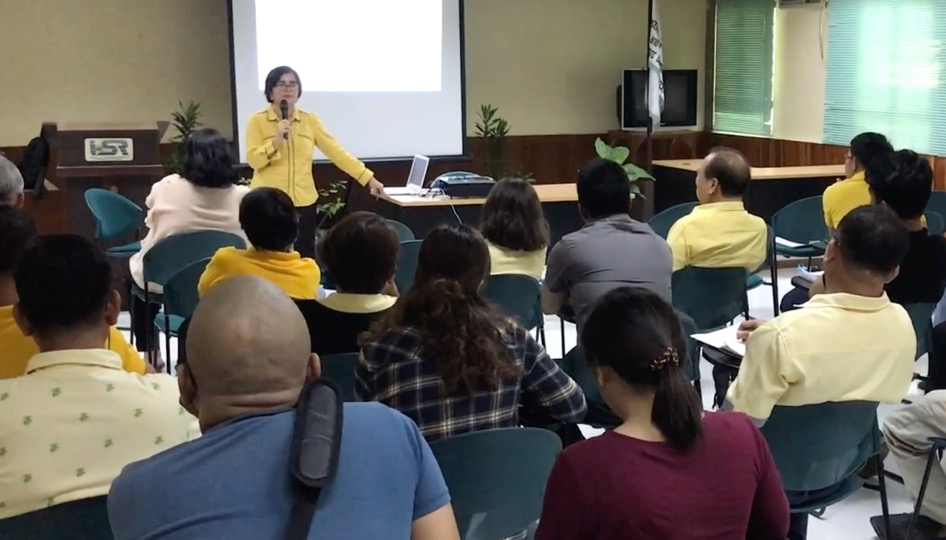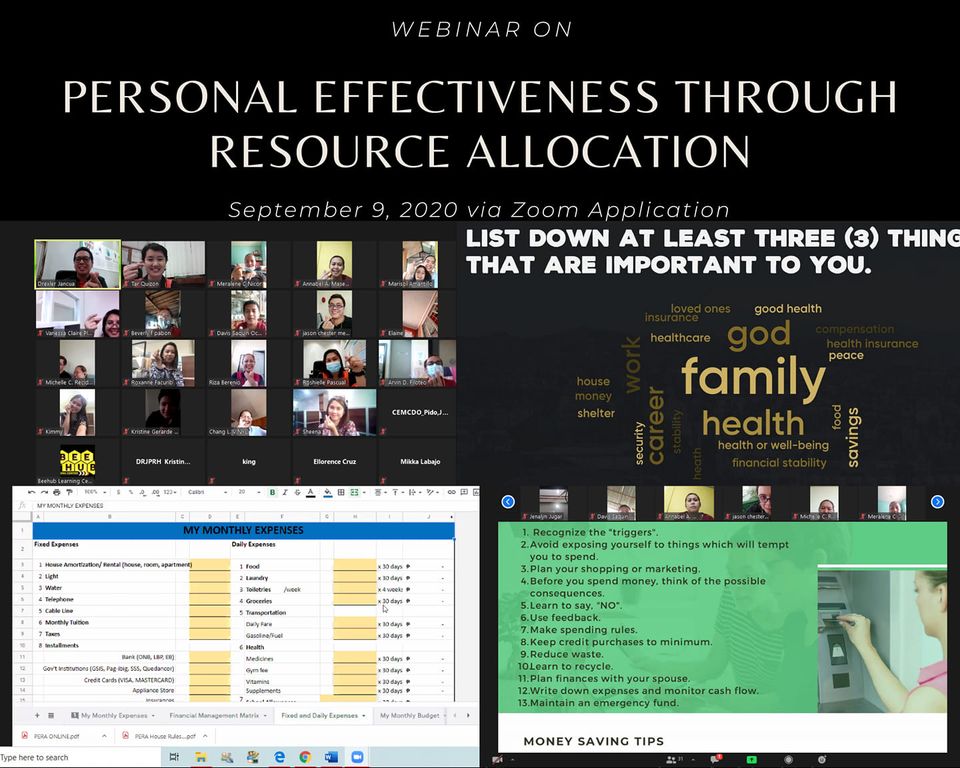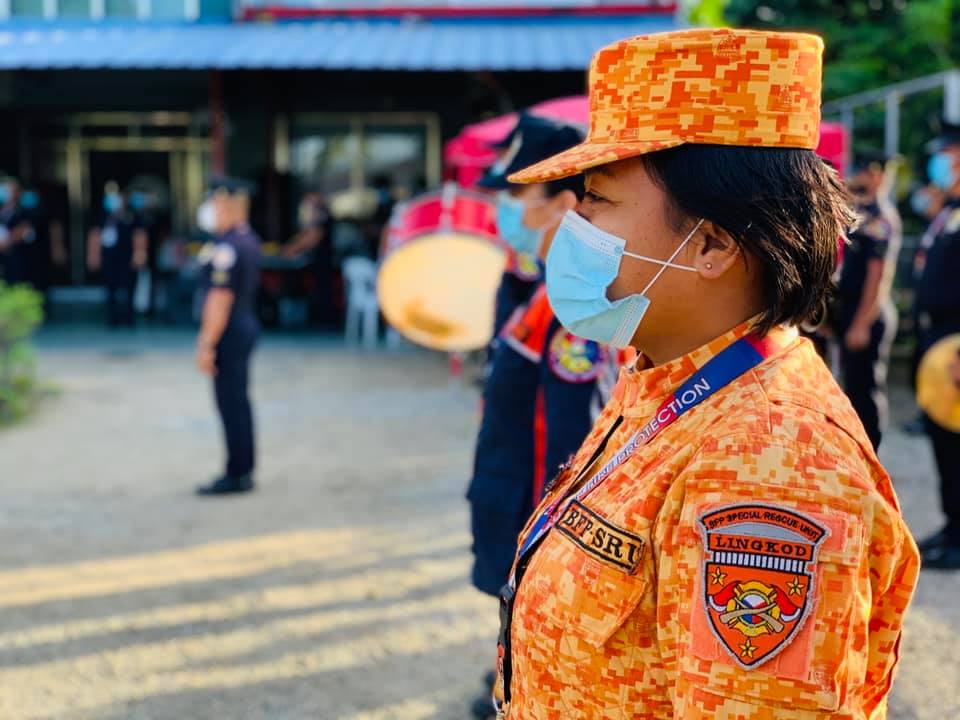Organization
Department of Foreign Affairs
Best Practice Focus Area/s
Strategy, Operations
Year Implemented
15 May 2020
This is a GBPR Entry
Summary
Effective communication is one of the most potent weapons to keep the virus at bay and prevent a bigger crisis. Through this, the Department of Foreign Affairs (DFA) could urge employees to continue to be careful and aware of the current situation. Awareness could hamper the spread of the virus further, not only in the workplace but also in employees’ homes and communities. For offices or big organizations, what is important is that all personnel are properly informed and that no one is left behind. In the Office of Consular Affairs (OCA), AHCs are more familiar with circumstances that their respective units face daily, especially regarding operations.
Background and Problem
When the DFA released the Department Circular 11-2020 on the designation of Workplace Health Coordinator (WHC) for each office, the OCA not only immediately complied but also created a network of Workplace Health Coordinators (WHCs) in DFA Aseana and Consular Offices (COs). This was primarily to address the hurdle of the office in properly disseminating information about COVID-19 and conducting contact tracing among hundreds of personnel based in different locations.
The current network consists of the OCA WHC, eleven Alternate Workplace Health Coordinators (AHCs) in each OCA unit, and one WHC per CO. In this setup, the OCA WHC informs all personnel about COVID-19-related updates in the workplace and reminders daily through Viber. The OCA WHC asks the AHCs for the names of personnel who would like to undergo COVID-19 tests. In addition, the WHC checks the health declaration form responses daily and asks the AHC to check on their personnel who have symptoms.
The OCA welcomes hundreds of Filipinos daily to its premises to cater to their consular service needs. To fulfill its mandate, the office employs hundreds of personnel in frontline and backend operations. Apart from this, the OCA also oversees the operations of consular offices and the welfare of their personnel across the country. This entails difficulties in enforcing measures against COVID-19, most especially social distancing. People’s movement does not stop even while the pandemic persists. The OCA must respond to this by not ceasing its operations and employing safety and health protocols for its employees and clients.
Solution and Impact
Despite the challenges posed by the vast number of people coming in and out of its premises, the OCA strives its best to comply with and implement the COVID-19 Health Protocols and Guidelines as prescribed by the Inter-Agency Task Force on Emerging Infectious Diseases, Department of Health, Civil Service Commission, DFA Office of the Undersecretary for Administration, and DFA Epidemic Response Committee.
OCA upholds that it is better to err on the safe side in dealing with the virus and preventing it from spreading further. The measures the OCA currently implements are the following:
- Placing of markers for social distancing and hand-sanitizing stations in public areas;
- Requiring applicants and reporting employees to submit health declaration forms daily;
- Monitoring respondents who report experiencing symptoms;
- Immediately isolating symptomatic personnel;
- Enforcing immediate 14-day quarantine for positive cases and close contacts;
- Not allowing recovered cases to come to work if their quarantine period has not yet ended despite negative test results;
- Enlisting personnel (including outsourced employees) to the regular swab testing done at DFA Main;
- Closely coordinating with the OCA Physician for guidance; and
- Implementing the OCA Return to Work Guidelines.
Aside from strictly following the COVID-19 Health Protocols and closely coordinating with relevant offices in the DFA for advice in handling cases, the OCA has employed AHCs per unit for a more structured communication channel. In addition, since the OCA oversees not only the main office operations at DFA Aseana but also the consular offices across the country, the OCA has included CO WHCs into its network of health coordinators.
Milestones/Next Steps
The following information is not considered remarkable results to take pride in but rather as reminders that the OCA and COs must continue to be vigilant and strive to keep the numbers at a minimum.
Since May 2020, OCA and COs have been monitoring the daily health conditions of personnel, including those who tested positive and are considered close contacts. Despite the heightened risks of infections on its premises due to the employment of hundreds of employees and working on the frontlines to cater to the people’s needs, OCA Aseana has only reported 14 positive cases, while COs have reported 25 positive cases since June 2020.
To date, the OCA’s WHC and AHCs have efficiently identified around 400 close contacts of positive cases in the OCA and 200 close contacts in COs. The close contacts were also swiftly advised on the preventive measures to protect their co-workers and their families.



